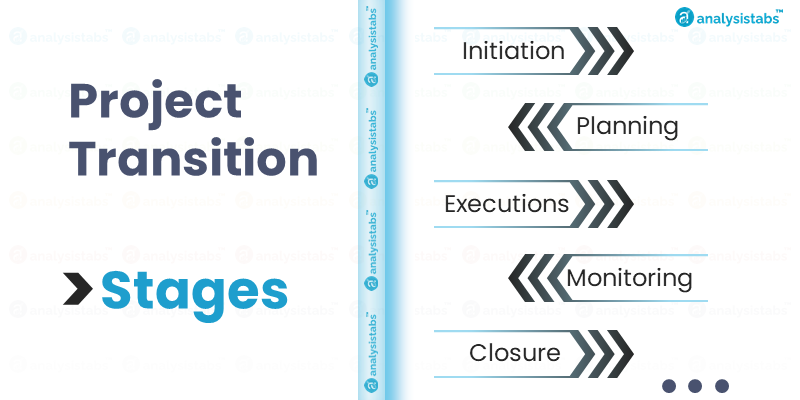Transitioning a project is a critical phase ensuring that project outcomes seamlessly merge into daily operations. Understanding the stages of this process is vital for ensuring its success. Below is a deep dive into the stages of project transition.
1. Initiation
Every successful transition begins with a clear understanding of its necessity. At this foundational stage, the organization acknowledges the impending shift from project completion to operational readiness.
- Key Points:
- Recognizing the need to smoothly integrate project deliverables into day-to-day operations.
- Identifying the key players, from stakeholders to technical teams, who will be actively involved in the transition process.
2. Planning
With recognition comes the need for preparation. This stage is all about charting out the “how” of the transition.
- Key Points:
- Deciding on the best methods to facilitate the transition, keeping in mind the nature of the project and the operational environment.
- Outlining timelines to ensure the transition occurs within an optimal window.
- Allocating resources, both in terms of manpower and tools.
- Enumerating the documents required for a seamless handover.
3. Execution
The execution phase is where plans are actioned. This is the heart of the transition, involving the actual processes that transfer the project’s essence to its next custodians.
- Key Points:
- Conducting detailed training sessions, ensuring the operational team understands every facet of the project.
- Transferring knowledge, from soft learnings during the project to hard data and facts.
- Diligently following the transition plan, ensuring each step aligns with the outlined objectives.
4. Monitoring
No process is perfect from the get-go, and transition is no exception. Monitoring ensures that the transition remains on track, and deviations are promptly addressed.
- Key Points:
- Keeping a regular check on how the transition is progressing.
- Ensuring alignment with the transition plan and making adjustments if any deviations occur.
- Anticipating potential challenges and being ready with solutions.
5. Closure
The final stage marks the formal end of the transition process. It’s the moment the project truly shifts from its developmental phase to become an operational entity.
- Key Points:
- Finalizing all transition-related tasks, ensuring no loose ends.
- Obtaining sign-offs from all relevant stakeholders, marking their agreement that the transition has been completed satisfactorily.
- Shifting gears from transition mode to regular operational rhythm.
Conclusion
Project transitions, when done right, pave the way for the lasting success of project deliverables. By understanding and meticulously following these stages, organizations can ensure that their projects not only conclude on a high note but also usher in a new phase of growth and efficiency.


